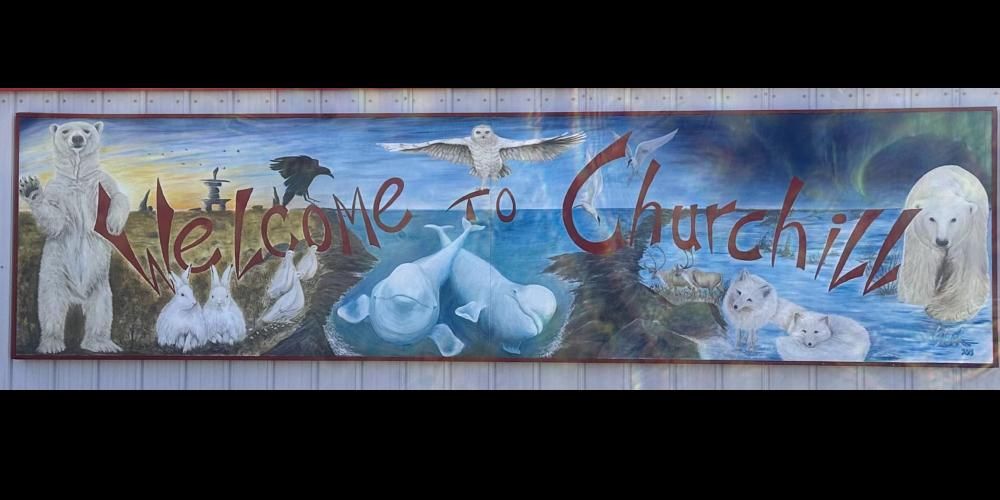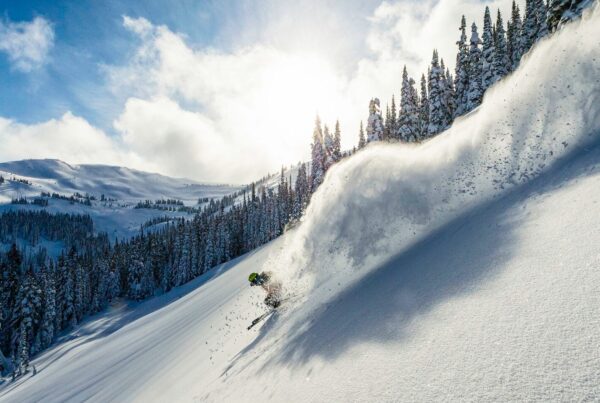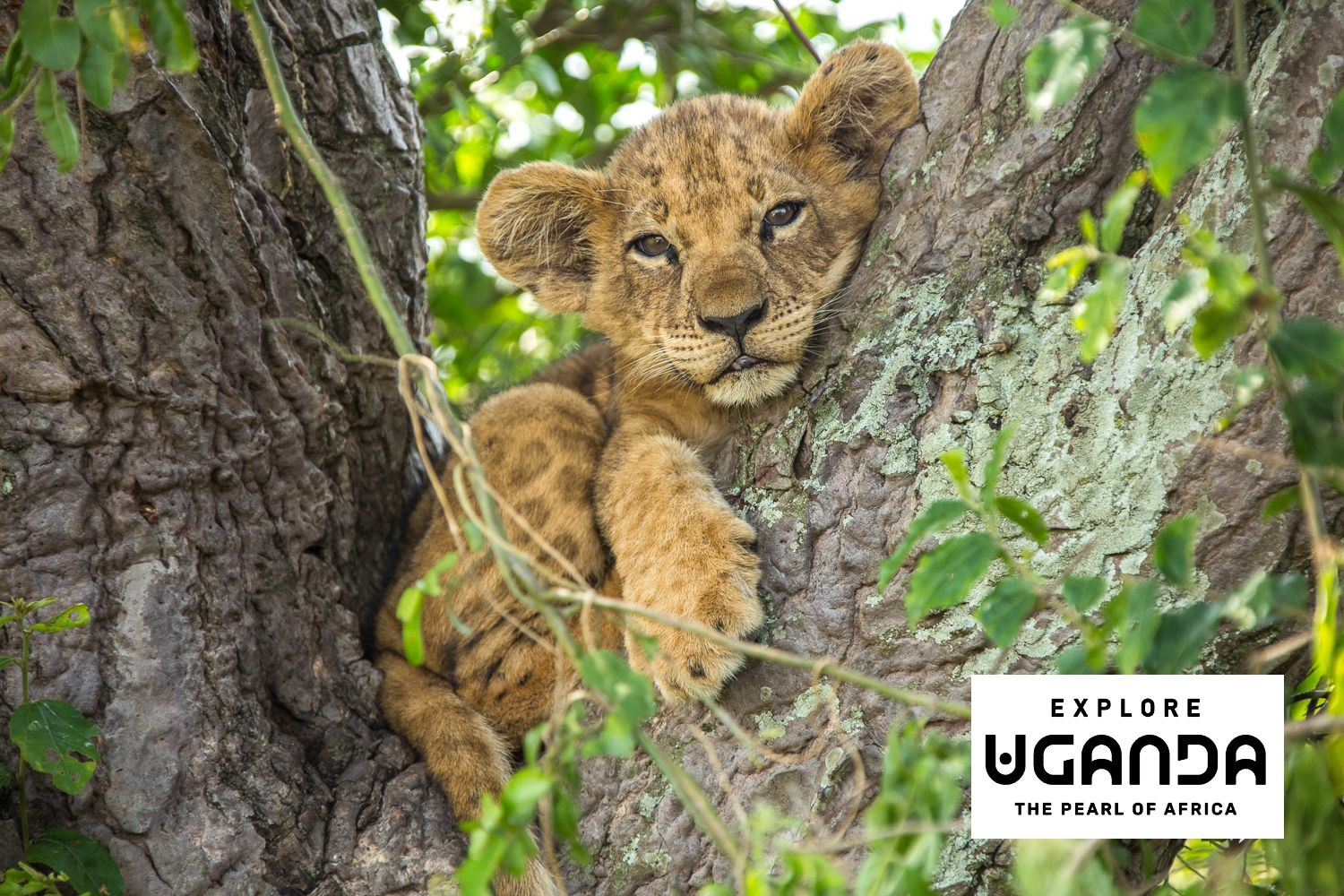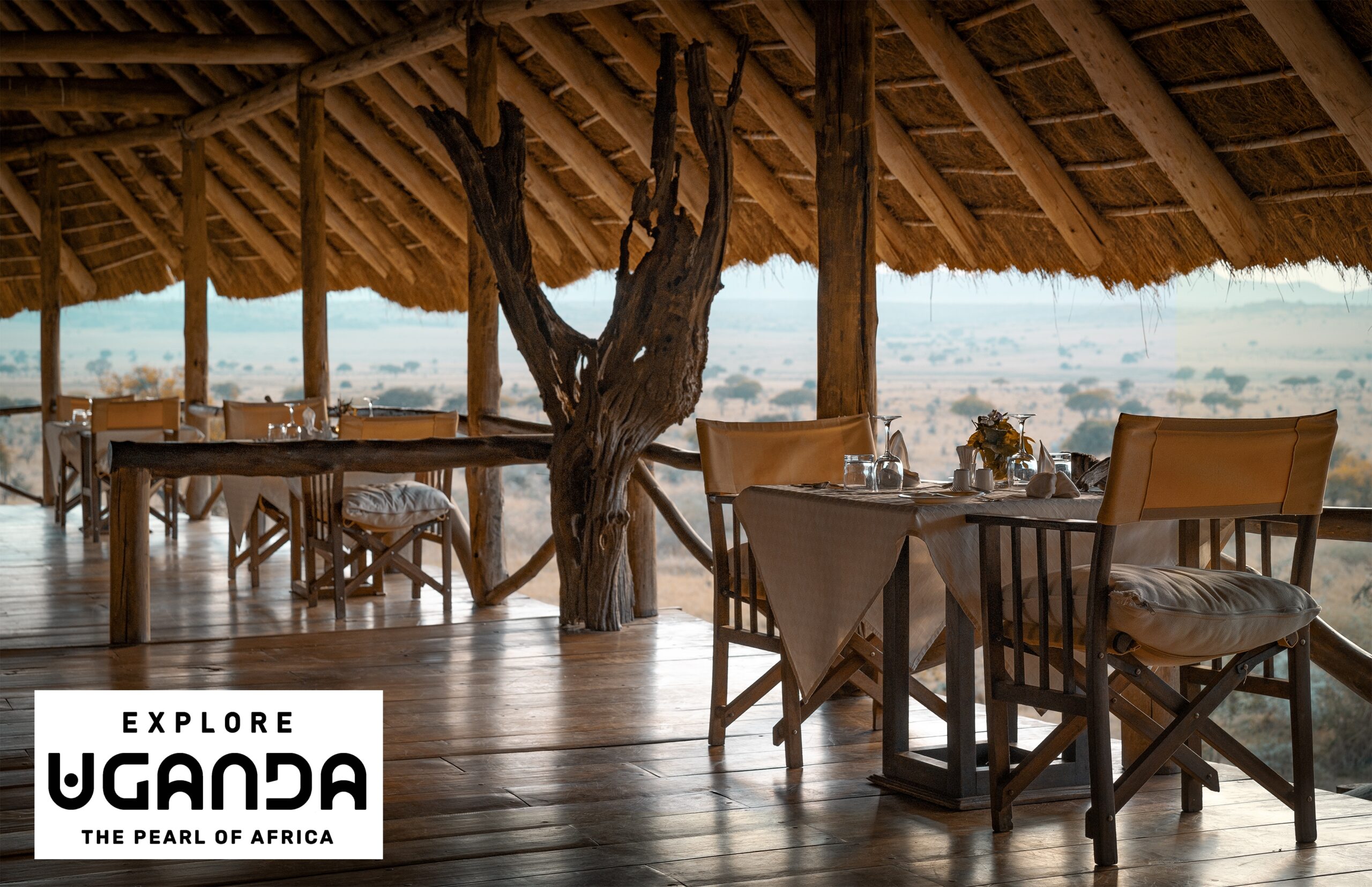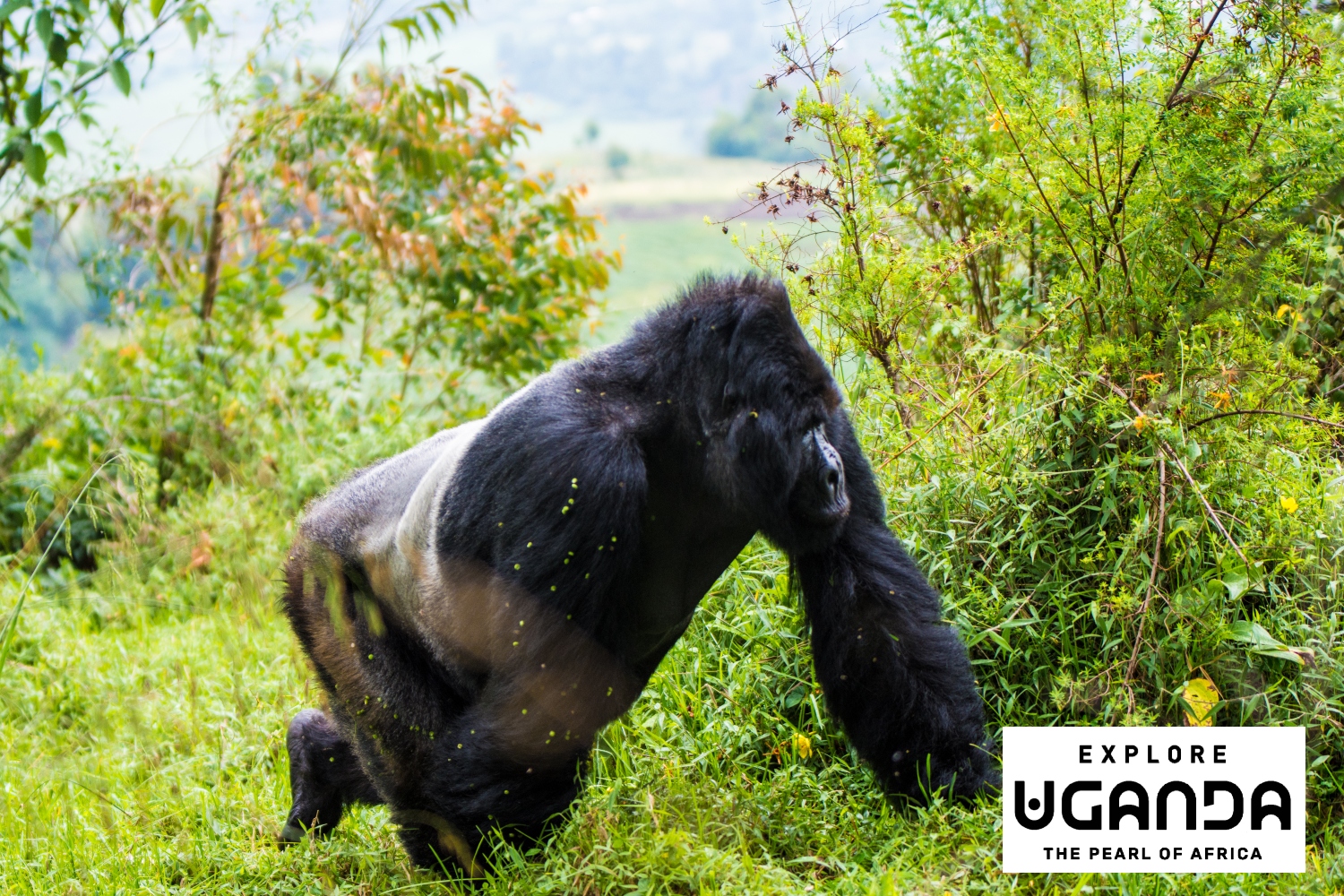Perched on the edge of Hudson Bay in Manitoba, the town of Churchill is a place like no other.
It’s best known for three things: being the Polar bear capital of the world, playing host to thousands of Beluga whales each summer and offering one of the best vantage points on Earth to witness the northern lights.
Churchill had long been on my bucket list, but like many people I always assumed I’d visit to see the Polar bears. Instead, I found myself there in May…the off-season for everything I thought Churchill was about!
We touched down on a brisk morning with the temperature hovering around six degrees. There was still snow piled high in spots, though the spring thaw was well underway.
The town itself is modest – gravel roads, low buildings and very little activity. Most tourism businesses were yet to open for the season and the population had dropped to its core of around 900 permanent residents. Coincidentally, that’s roughly the same number as the Hudson Bay’s Polar bear population – bears that pass through Churchill each autumn.
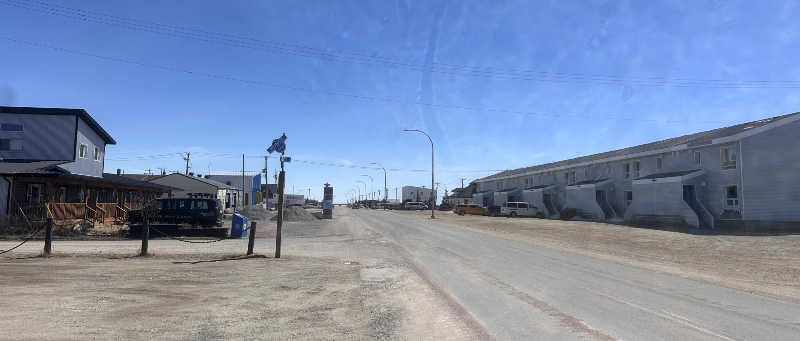
The main street, Churchill
In May, the bears are still out on the sea ice, feasting on seals to sustain themselves through the ice-free summer months. When Hudson Bay thaws completely, they’re forced ashore until the ice reforms. That begins at the mouth of the Churchill River in autumn, drawing the bears, and their watchers, back to town.
Coexisting with Polar bears requires a high level of caution and Churchill locals take safety – both theirs and the bears’ – very seriously. Even though it was a quiet time of year and bear sightings were rare, the rules still applied.
We could explore the main streets by day but were advised not to leave our hotel at night. Churchill Beach, directly across from the town complex, was strictly off-limits unless accompanied. Any outings beyond town were with an armed guide.
Houses and cars are always left unlocked, just in case someone needs to make a quick escape from an unexpected bear encounter. It’s a sobering but very real part of life in Churchill.
Yet despite missing the main seasons for bears and belugas, Churchill still offered plenty of magic.
Our visit to Wapusk Adventures, run by legendary Métis musher Dave Daley, turned out to be the highlight of the trip, even without dog sledding (not enough snow) or carting (too wet).
I got to meet all 42 of Dave’s sled dogs, who were absolutely delighted to see visitors. These four-legged athletes aren’t just working animals – they’re part of the family.
I was met with wagging tails, eager eyes and joyful yelps as we chatted with Dave’s son, Wyatt.
Wapusk offers more than dog sledding. Their experiences weave together cultural storytelling, aurora viewing (weather permitting) and even guided fat-bike tours across the tundra.
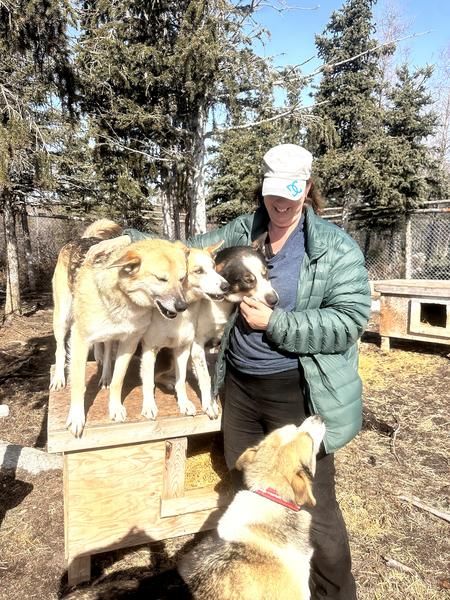
Happy dogs ( & happy me) at Wapusk Adventures
Another special moment came courtesy of Nanuk Operations, who invited us deep into a spruce forest to their beautiful custom-built yurt. As dusk fell, we sat around the fire enjoying wine and cheese, the yurt’s timber walls glowing in the warmth.
Métis storyteller Katie shared stories of her mother, her people and the land, welcoming us with a smudging ceremony, the scent of sage drifting gently through the air. Being there, on Treaty 5 Territory and the traditional homeland of the Métis, felt less like a tourist experience and more like a rare privilege.
And then, there was dinner. Not just any dinner – Dan’s Diner, a five-course pop-up experience run by Frontiers North, set against the spectacular backdrop of Cape Merry.
As the sun dipped below the horizon, painting the sky in pinks and oranges, each course arrived like a gift. Local ingredients, warm hospitality and clever culinary flair made it a meal to remember.
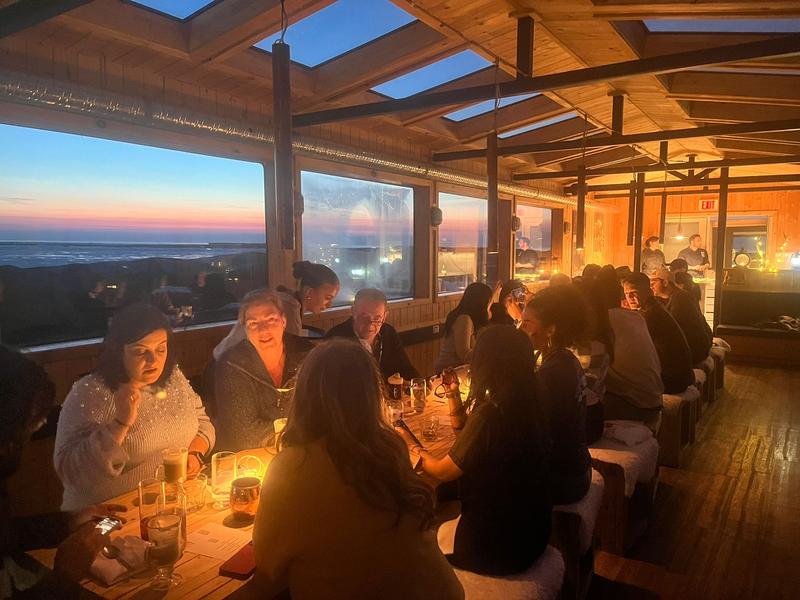
Dinner at Dans Diner
Between these standout moments, Churchill continued to surprise me. We visited Miss Piggy, a crashed cargo plane now reclining dramatically on a hillside. We wandered past the Ithaca shipwreck, its rusted hull a surreal silhouette against the tidal flats.
At the Arctic Research Centre, we learned about belugas, climate change and Churchill’s role in northern science.
We even swung past an old Cold War rocket launch station, its concrete ruins strangely out of place in the wilderness.
For Polar bear fans, Polar Bears International offered insights into bear behaviour, while budding geologists could marvel at the world’s largest trilobite fossil – an ancient sea creature more than 500 million years old.
We also climbed aboard one of Frontiers North’s famous tundra buggies and had a peek inside the Tundra Buggy Lodge – a train-like wilderness retreat stationed right in polar bear country. Even without the bears, it was a thrill to see how travellers experience this remote world in full-season.
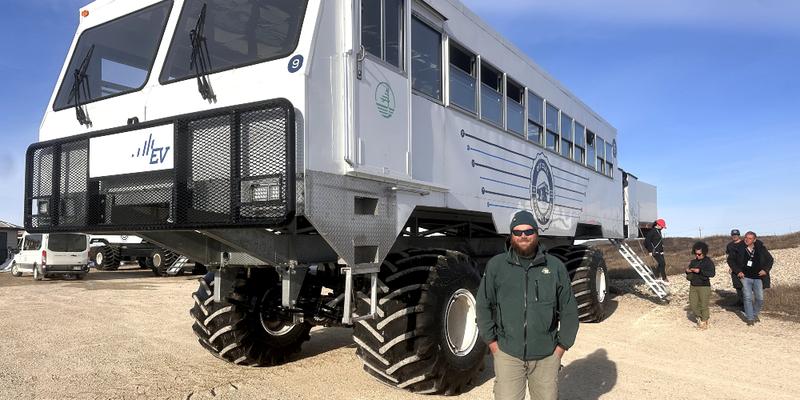
A Frontiers North tundra buggy
And then, one evening – just after the sun had dipped below the horizon – the sky lit up in a brilliant display of green. The northern lights, soft at first and then unmistakable, shimmered across the sky. We gasped, we fumbled for cameras and we simply stood in awe.
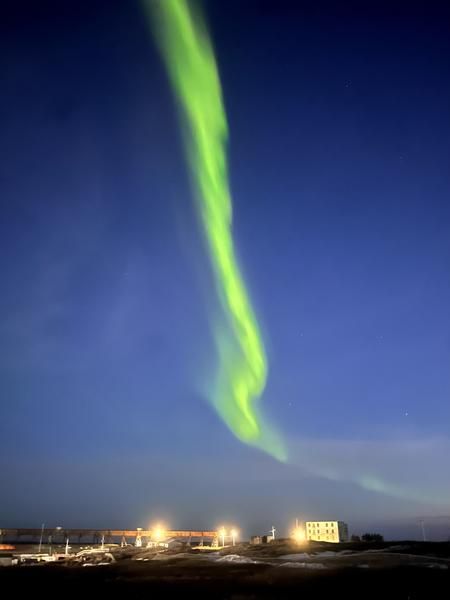
In my few days in Churchill, I met the locals, those born and raised here, and those who came for a season and never left. Each shared a deep affection for this wild, wonderful place, where nature calls the shots and a polar bear really could be just around the corner.
Would you like to know more about Churchill? Read our guide on when to go: When to Visit Churchill. Seasons, Safaris and Spectacle
Traveltalk visited Churchill courtesy of Destination Canada. Thank you to Destination Manitoba and Frontiers North.
